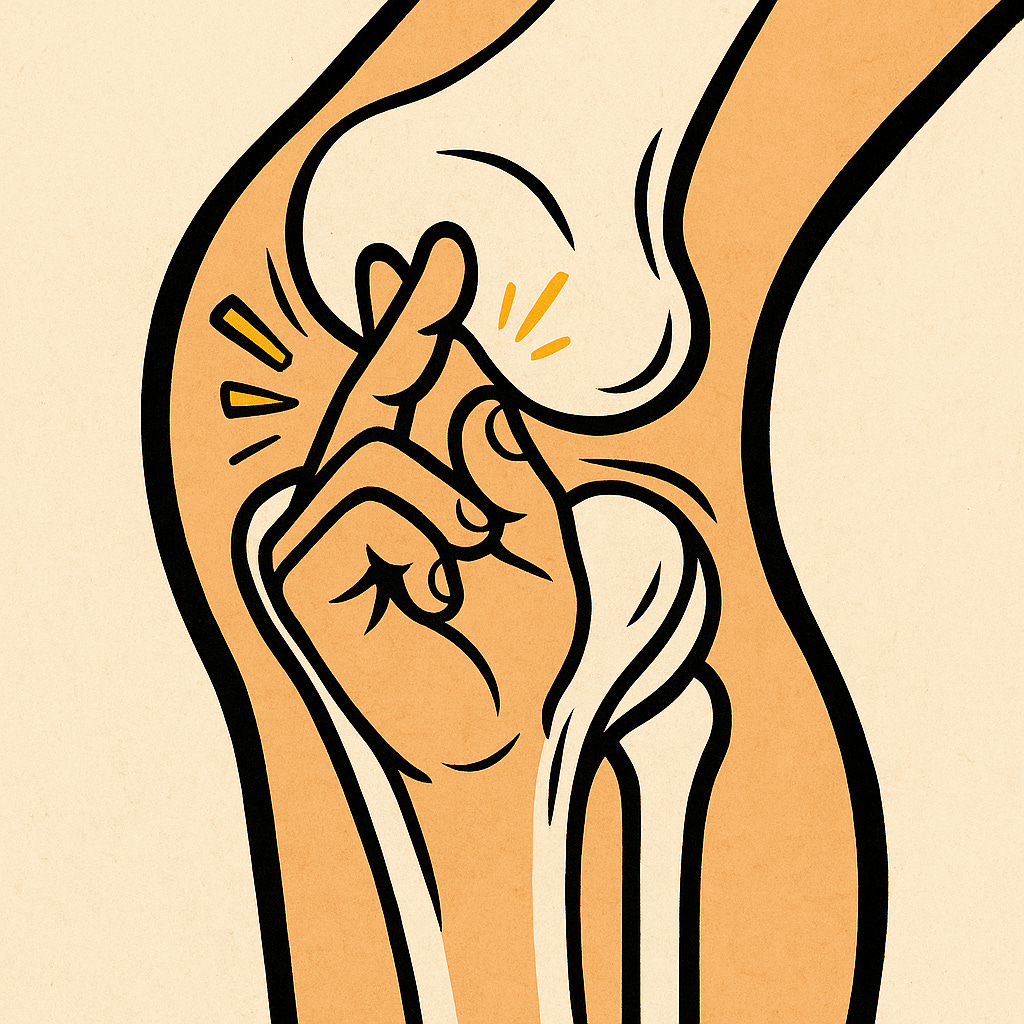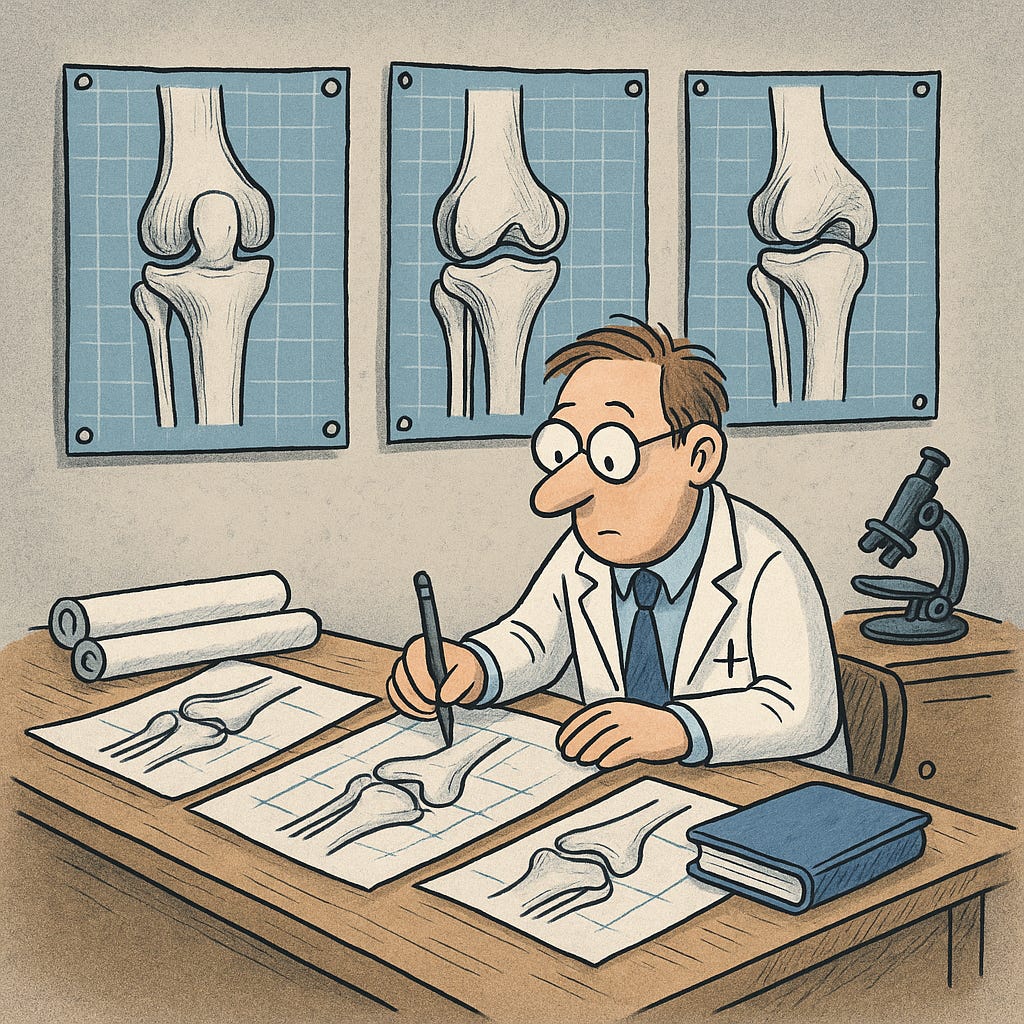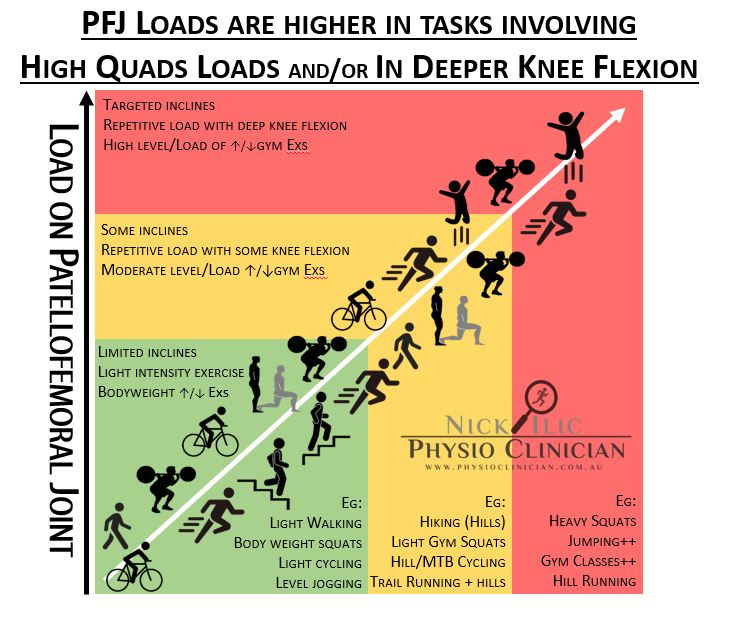Patients Playbook | When ‘Bad Knees’ Run in the Family
What is Patellofemoral Dysplasia? What does it mean for you and your family?
“My dad said everyone was born with shit bits — in our family, our shit bits are your knees.” - One of my favourite patients who always ahs all the good quotes (youknowwhoyouare)
This post is an introductory preview—the valuable clinical insights, practical recommendations, and expert guidance are behind a paywall for paid subscribers only.
If you find my free content helpful, becoming a paid subscriber gives you:
✅ Full access to expert-backed strategies and pain management insights
✅ Direct access to me via subscriber chat—ask me questions anytime
✅ Ongoing, high-value information normally provided in a clinic for hundreds of dollars
This post is a guide only and should not be taken as medical advice. It does not replace assessment and recommendations from a registered and regulated healthcare professional.
Welcome to the wonky knee club. You’re not alone.
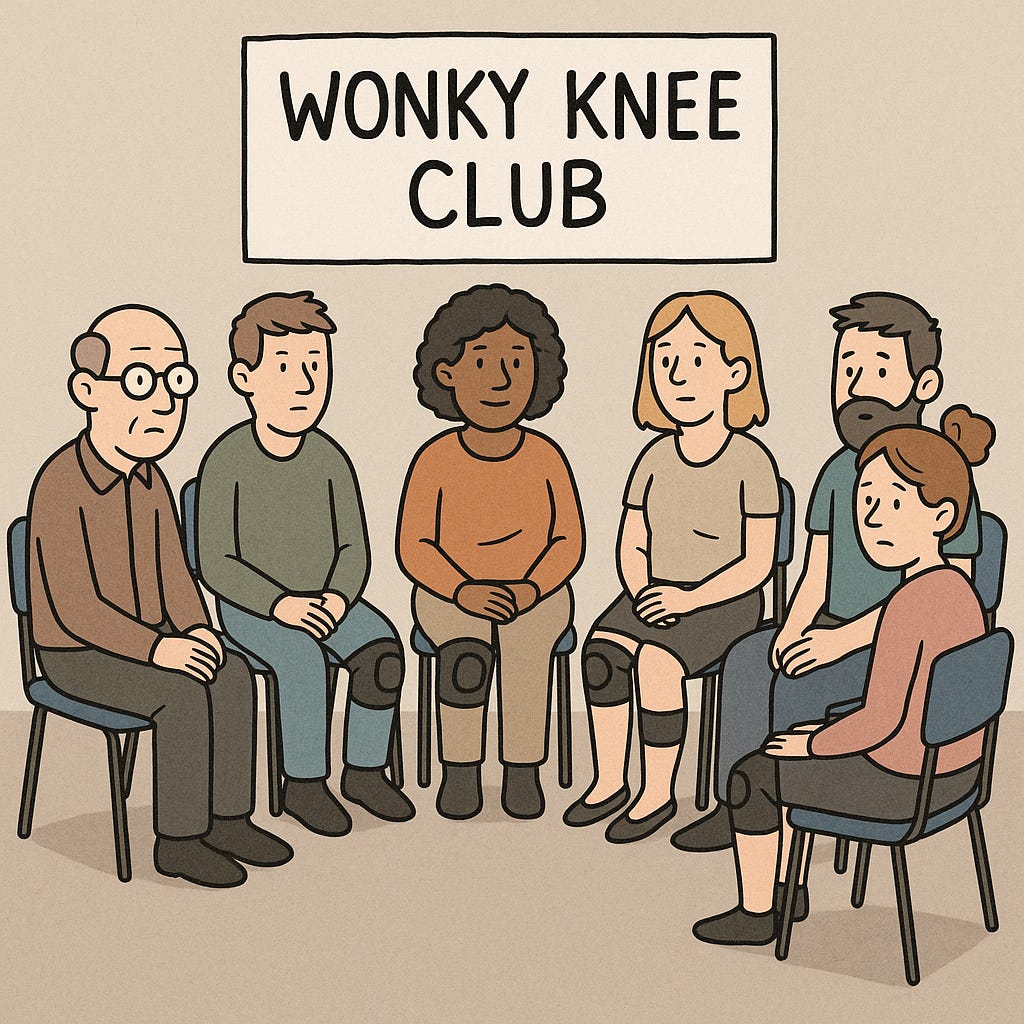
If you’ve had knee pain since your teens...
If you’ve always hated stairs, squats, or hills...
If you’ve heard every version of “bad knees must run in your family”...
Then buckle up — this one’s for you.
There’s a whole group of patients I see who’ve had kneecap-related pain since adolescence. Some of them dislocated their kneecap doing something as violent as turning around in a shopping centre. They often shook it off at the time — but over the years, that same knee becomes unstable, sore, or just... feels off.
Eventually, it clicks (and sometimes literally):
You’ve got a differently shaped kneecap — patella dysplasia
Or a shallow or weird groove where the kneecap’s meant to sit — trochlear dysplasia
Or both — the full deluxe edition
This is patellofemoral dysplasia (PFD) — and if you’ve been told you’ve “just got bad knees,” there’s a good chance this is what’s really going on.
So What’s Dysplasia?
“Dysplasia” just means things developed a bit differently. It’s not a disease. It’s not wear and tear. It’s your blueprint.
Instead of a nice, smooth kneecap rolling through a lovely bony groove — you’ve got:
A kneecap that might be flat, tilted, or oddly shaped
A groove that’s shallow, tilted, or misshaped
A bit of both
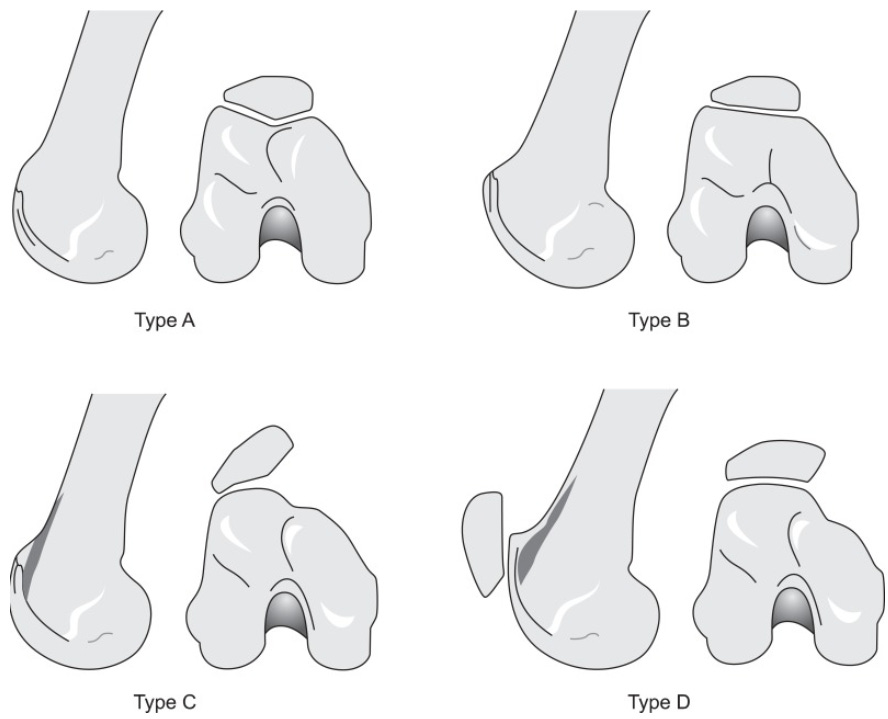
Dejour's classification of trochlear dysplasia. (Source)
Common Signs You’re in the Club:
Front of knee pain that’s been there since school
Pain with stairs, squats, hills, or sitting too long
“My kneecap feels floaty or unstable”
Dislocations from seemingly nothing
A parent or sibling with the same saga
You naturally avoided leg-dominant sports
🔒This is where the free preview ends. Paid subscribers now get access to the full post, including the clinical pearls, key takeaways, and practical recommendations.
Keep reading with a 7-day free trial
Subscribe to Nick Ilic | Physio Clinician to keep reading this post and get 7 days of free access to the full post archives.



